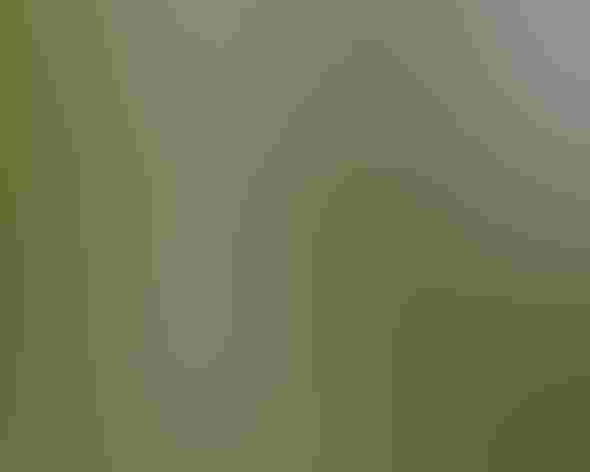Great Egret
At a Glance
A tall, stately white wader of quiet waters. Common, especially in the south, it may wander far to the north in late summer. Nearly wiped out in the United States in the late 1800s, when its plumes were sought for use in fashion, the Great Egret made a comeback after early conservationists put a stop to the slaughter and protected its colonies; as a result, this bird became the symbol of the ÔĽĹÚĘÓƵ.
All bird guide text and rangemaps adapted from by Kenn Kaufman© 1996, used by permission of Houghton Mifflin Harcourt Publishing Company. All rights reserved.
Category
Herons, Egrets, Bitterns, Long-legged Waders
IUCN Status
Least Concern
Habitat
Coasts and Shorelines, Freshwater Wetlands, Lakes, Ponds, and Rivers, Saltwater Wetlands
Region
California, Eastern Canada, Florida, Great Lakes, Mid Atlantic, New England, Northwest, Plains, Rocky Mountains, Southeast, Southwest, Texas, Western Canada
Behavior
Direct Flight
Population
9.500.000
Range & Identification
Migration & Range Maps
Withdraws in winter from northern breeding areas, wintering only where waters remain open. After breeding season, often wanders far to north in late summer. In 1930s and 1940s there were a few large northward invasions (e.g., over 1500 reached Massachusetts in 1948), but not recorded in such numbers since.
Description
35-41" (89-104 cm). W. 4'7 (1.4 m). Large, long-necked, and white, with yellow bill, black legs. In Florida, "Great White Heron" (white form of Great Blue Heron) is even larger, but has pale legs. Cattle Egret is much smaller, with much shorter bill and legs.
Size
About the size of a Heron
Color
Black, White, Yellow
Wing Shape
Fingered, Long
Tail Shape
Short
Songs and Calls
A guttural croak. Also loud squawks at nesting colonies.
Call Pattern
Flat, Simple
Call Type
Croak/Quack, Odd, Rattle
Habitat
Marshes, ponds, shores, mud flats. Usually forages in rather open situations, as along edges of lakes, large marshes, shallow coastal lagoons and estuaries; also along rivers in wooded country. Usually nests in trees or shrubs near water, sometimes in thickets some distance from water, sometimes low in marsh.
Sign up for ÔĽĹÚĘÓƵ's newsletter to learn more about birds like the Great Egret
Behavior
Eggs
3-4, sometimes 1-6. Pale blue-green. Incubation is by both sexes, 23-26 days.
Young
Both parents feed young, by regurgitation. Young may clamber out of nest at 3 weeks, able to fly at 6-7 weeks.
Feeding Behavior
Forages mostly by standing or walking in shallow water, waiting for fish to come near, then catching them with rapid thrust of bill. May feed in flocks or in association with other herons, cormorants, ibises, sometimes stealing food from smaller birds. Also forages in open fields, sometimes around cattle.
Diet
Mostly fish. Aside from fish, also eats crustaceans, frogs, salamanders, snakes, aquatic insects. In open fields may catch grasshoppers, rodents. Has been seen catching small rails and other birds.
Nesting
Probably first breeds at age of 2-3 years. Sometimes nests in isolated pairs, usually in colonies, often mixed with other wading birds, cormorants, Anhingas. In mixed colonies, Great Egrets tend to nest high. Male selects nest area and displays there, at first driving away all other birds, later courting females. Courtship displays include calling, circular display flight, stretching neck up with bill pointed skyward. Nest: Site is in tree or shrub, usually 10-40' above ground or water, sometimes very low in thicket or marsh, sometimes up to 90' high in tall cypress. Nest (built by both sexes) a platform of sticks, sometimes substantial.
Conservation
Conservation Status
Populations were decimated by plume hunters in late 1800s, recovered rapidly with protection early in 20th century. In recent decades, breeding range has been expanding gradually northward, while there is some evidence that southern populations have declined.
Climate Threats Facing the Great Egret
Choose a temperature scenario below to see which threats will affect this species as warming increases. The same climate change-driven threats that put birds at risk will affect other wildlife and people, too.













